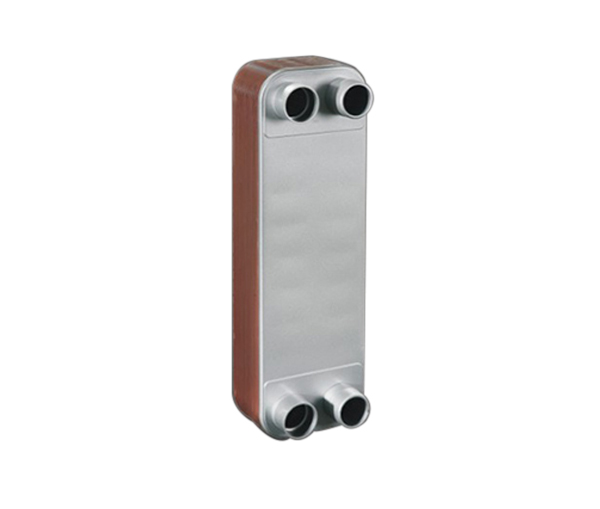A Plate Heat Exchanger is a type of heat exchanger which utilizes multiple metal plates to transfer heat. A Plate Heat Exchanger has a number of advantages over a conventional heat exchanger, namely the fact that it exposes the fluids to more surface area. This is beneficial in many situations. A Plate Heat Exchanger has the potential to save both energy and money, but there are a few things you should know before you purchase one.
High efficiency
The high efficiency of a plate heat exchanger lies in the channel formed by two adjacent plates. The hot and cold fluids are disposed through these channels in a counter-current arrangement to ensure maximum thermal efficiency. High efficiencies are also achieved through the flow pattern which induces turbulence even at low Reynolds numbers. Choosing the right plate heat exchanger unit is essential for optimizing available pressure drop. Here are some key features of this type of exchanger.
Multiple pass arrangement
A multiple pass plate heat exchanger arrangement increases the flow velocity and transfer of heat. This arrangement is most commonly required when the flow rates of the two fluids are significantly different. The different pass configurations are based on the convective heat transfer coefficients of hot and cold fluids, tp and kp, respectively. Fouling factors are also taken into account, and the values of Rf, hot and cold, are used as correction factors when choosing between different heat exchanger arrangements.
Gaskets
Generally speaking, the two types of gaskets that are used on a plate heat exchanger are glue and clip-on styles. While glued gaskets are more expensive, they have the advantage of being easily replaced, especially if you are using them for a large plate heat exchanger. Another type of gasket is called a "clip-on" because it merely clips on to the plates, rather than attaching to the surface of the plate.
Stainless steel
There are many advantages of a welded stainless steel plate heat exchanger. The material's corrosion-resistant properties make it an excellent choice for applications where corrosion resistance is critical. A welded PHE has two separate walls made of stainless steel that are separated by an air gap. When a leak occurs, the affected fluid will flow into the air gap and out of the heat exchanger. This design allows for visual detection of leaks.
Titanium
A titanium plate heat exchanger is easier to maintain and has a higher thermal capacity than a shell and tube exchanger. It is also more compact than a shell and tube exchanger and can handle some fouling fluids. There are many benefits of a titanium plate heat exchanger, and you can choose one based on your specific needs. Read on to learn more about this type of heat exchanger. Listed below are some benefits of this type of exchanger.
Aluminium
An aluminium plate heat exchanger is an efficient means of transferring heat from one medium to another. In petrochemical applications, they are used for air separation and recirculation, and are also used in petrochemical plants. An aluminium plate heat exchanger is compact and lightweight, and its thin chambers maximize contact time and generate turbulence for efficient heat transfer. The high degree of turbulence, combined with a low flow rate, gives the heat exchanger a high heat transfer coefficient.
Peroxide
The Peroxide plate heat exchanger is a type of adiabatic piping that transfers fluids between two different types of media, such as water and steam. The plates are made of various metals such as stainless steel, titanium and aluminium. The plates have corrugations that force the fluid to take a tortuous path through the space between them. Fluids may pass through these channels in either parallel or series, depending on the application. The parallel configuration is the most common, but the serial configuration is less common and only used for moderate temperature jumps.
Other materials
There are several materials to choose from for a plate heat exchanger. Stainless steel and titanium are two of the most common. Stainless steel is a very common material for plate heat exchangers, with the former having a higher corrosion resistance than the latter. Other materials include molybdenum and titanium. These are comparatively more expensive than other materials, but have similar characteristics. Titanium is a high-quality alternative.



 英语
英语 中文简体
中文简体





